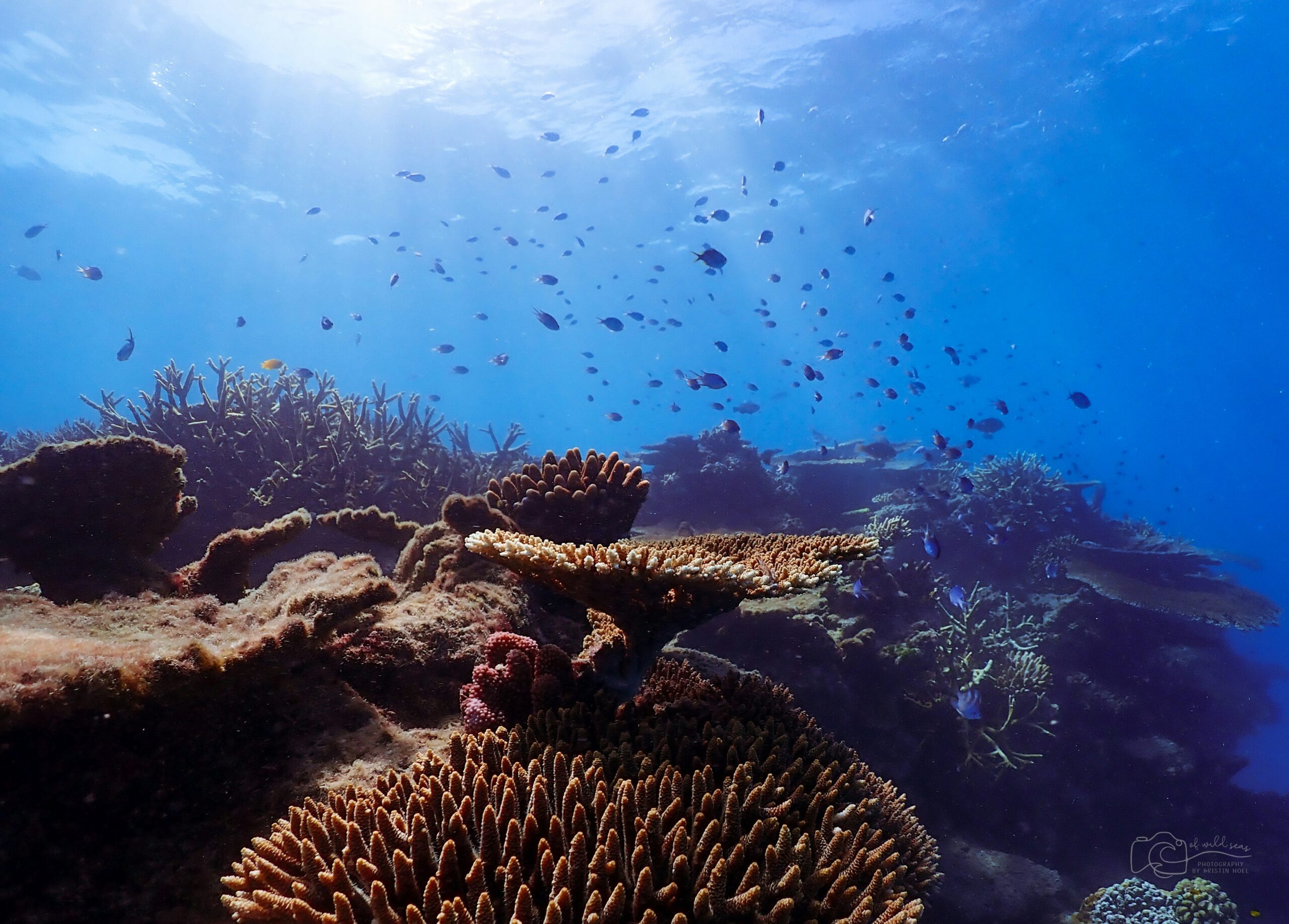The Great Barrier Reef isn’t just a postcard-perfect wonder, it’s one of the most extraordinary ecosystems on Earth. Stretching over 2,300 kilometres, it’s visible from space and home to thousands of species. But this living masterpiece is in serious trouble.
Australia is fighting a race against time to save the reef. So, what exactly is threatening it? Are we doing enough? And can we actually save the Great Barrier Reef?
Let’s dive in.
Why the Great Barrier Reef Matters
The reef is home to over 9,000 known species, including fish, sea turtles, sharks, corals, molluscs, and more. It also:
- Supports over 60,000 jobs
- Holds deep cultural and spiritual significance for Indigenous Australians
- Generates billions of dollars in tourism annually
- Protects coastlines from storms
In short, if the reef dies, we lose biodiversity, jobs, culture, and climate resilience.
What’s Threatening the Reef?
1. Coral Bleaching
Caused by rising ocean temperatures, bleaching happens when stressed corals expel the algae they rely on for food. Without these algae, corals turn white and often die. The reef has suffered five mass bleaching events since 2016.
2. Climate Change
Warming oceans aren’t just bleaching corals, they’re altering marine ecosystems. Cyclones are intensifying, sea levels are rising, and ocean acidification is making it harder for coral to rebuild.
3. Poor Water Quality
Pollution from agriculture, fertilisers, pesticides, and sediment runoff, flows into rivers and out to the reef. This chokes coral, encourages harmful algae growth, and weakens reef resilience.
4. Crown-of-Thorns Starfish
These spiky predators feed on coral and have exploded in number, partly due to nutrient pollution. Outbreaks can wipe out huge sections of reef in a matter of months.
5. Coastal Development & Dredging
Building ports, expanding industry, and dredging for shipping routes disturb fragile marine environments and contribute to sediment runoff.
TL;DR: Climate change is the biggest threat, but pollution, development, and pests are piling on.
What’s Being Done to Protect the Reef?
The Reef 2050 Plan
This is Australia’s long-term strategy to improve reef health. It includes water quality targets, habitat restoration, research funding, and climate adaptation measures.
Crown-of-Thorns Control
Teams of divers are removing starfish manually, using injection methods. It’s a slow, costly process but it helps protect coral during outbreaks.
Farming Reforms
Projects are working with farmers to reduce runoff by improving land practices, restoring wetlands, and limiting fertiliser use.
Reef Restoration Projects
Scientists are trialling coral nurseries, heat-resilient coral strains, and reef reseeding techniques to help damaged areas recover faster.
Global Climate Action
The reef’s fate is tightly linked to global emissions. Australia’s emissions reduction policies, and the world’s, will determine how much coral survives this century.
TL;DR: There’s effort on the ground, but without real climate action, it may not be enough.
Is the Reef Already Dead?
No, but large parts of it are seriously damaged. Some areas have shown remarkable recovery after bleaching events, while others are still struggling. The reef is not “dead,” but it’s under immense stress.
If we limit warming, scientists believe we can still save much of the reef. But business-as-usual emissions could lead to a near-total loss of coral by 2100.
Can the Great Barrier Reef Be Saved?
Yes, if we act fast and decisively.
Saving the reef requires:
- Slashing greenhouse gas emissions (especially methane and coal-fired power)
- Improving farming and land use to stop runoff
- Scaling up coral restoration
- Funding science and Indigenous-led stewardship
- Holding governments accountable
This is a global problem, but Australia has a frontline role and a responsibility.
FAQs: The Great Barrier Reef
Why is the Great Barrier Reef important?
It’s the world’s largest coral reef system, a biodiversity hotspot, a cultural icon, a climate buffer, and an economic engine. Losing it would be catastrophic for nature and people.
What causes coral bleaching?
Mainly heat stress from rising ocean temperatures. Corals eject their symbiotic algae, lose their colour, and may die if temperatures stay too high for too long.
How many bleaching events have there been?
Five major mass bleaching events: 1998, 2002, 2016, 2017, and 2020. Another one is occurring as of 2024–2025, according to recent reports.
What’s the Australian government doing about it?
The government has pledged billions in funding for reef protection, restoration, and science. However, critics argue that without stronger emissions targets, this funding is treating the symptoms, not the cause.
Can coral recover from bleaching?
Yes, if water temperatures return to normal quickly and there are no other stressors. Some corals can recover in a few years; others take decades.
Is tourism bad for the reef?
When managed properly, reef tourism is sustainable and helps fund conservation. Most damage comes from climate change and pollution, not snorkellers or dive boats.
What can I do to help?
- Support reef-friendly businesses and charities
- Choose sustainably produced food
- Reduce your carbon footprint
- Contact your local MP about stronger climate action
- Learn from and support Indigenous-led reef initiatives
The Great Barrier Reef isn’t just Australia’s pride, it’s a global treasure. And while its future is uncertain, the battle to save it isn’t over.
There’s still time. But that time is short.
If we protect the reef, we’re not just saving coral, we’re defending biodiversity, economies, coastlines, and future generations.

